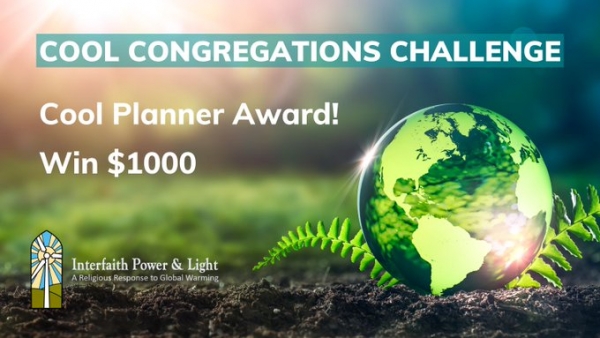“…passive solar heating and cooling was in use long before 1970, being used for centuries by the Anasazi of New Mexico, as evidenced in Chaco Canyon and Mesa Verde communities of A.D. 1100. These multi-family dwellings were built facing south to maximize the heating of the winter sun and were insulated on the north by tall walls at Chaco Canyon and Bandelier National Monument, or as a cliff dwelling, as at Mesa Verde.”
Bruce Hunn, a member of New Mexico Interfaith Power & Light’s Cool Congregations Committee and St. Francis Episcopal Church in Rio Rancho, wrote this great article for the American Solar Energy Society. The Cool Congregations Committee helps promote solar power in New Mexico and El Paso. Hunn and David Robertson, a fellow member of the committee, conduct volunteer energy audits in the Albuquerque area.
Here’s an excerpt of the article, entitled “Passive Solar Development in New Mexico: Celebrating the Pioneering Work of the 1970s and 80s.” The article was published in March 2022.
“With the National Solar Conference SOLAR 2022 being held in Albuquerque, it’s a great opportunity to honor the heritage of today’s passive solar heating and cooling technology. Technological development occurred during the 1970s and 80s, primarily at the Los Alamos National Laboratory – LANL – (originally the Los Alamos Scientific Laboratory) and Sandia National Laboratories, with the continual support and collaboration of the New Mexico Solar Energy Association (NMSEA). In addition, many solar pioneers devoted years to the study of how passive solar works and how to improve its performance through analytical and physical modeling of these systems, as well as field studies of on-site applications.
Modern development of passive solar heating and cooling in New Mexico began in 1973 when the Los Alamos Scientific Laboratory (now LANL) expanded its nuclear research programs to include solar energy applications to buildings, under the direction of Dr. J. Douglas Balcomb. His principal colleagues initially were Stan Moore, James Hedstrom and Robert McFarland, but the program expanded to 10-15 researchers before this author joined a related program at Los Alamos in 1975.
At the same time, a creative and innovative inventor in passive solar concepts and materials, Steve Baer of Corrales, New Mexico, applied many passive heating concepts in collector and storage components in his Zomeworks business. He provided products and design services for housing and thermosyphon water heating projects in the Albuquerque area. Baer included these in the design and construction of his classic passive solar house in Corrales (built in 1971-72), where he and his wife currently reside. Truly, Baer is one of the classic passive solar entrepreneurs in New Mexico.”
Read Full Article
About the Author
Bruce D. Hunn served as ASHRAE’s Director of Strategic Technical Programs. Prior to that, he served as the Society’s Director of Technology. He’s currently an active Life member of ASHRAE. Hunn holds a B.A. in Engineering and B.S., M.S., and Ph.D degrees in Mechanical Engineering. Dr. Hunn has authored or co-authored more than 117 articles, technical reports, and papers as well as eight books or chapters in books, on energy use in buildings and solar
energy applications.

